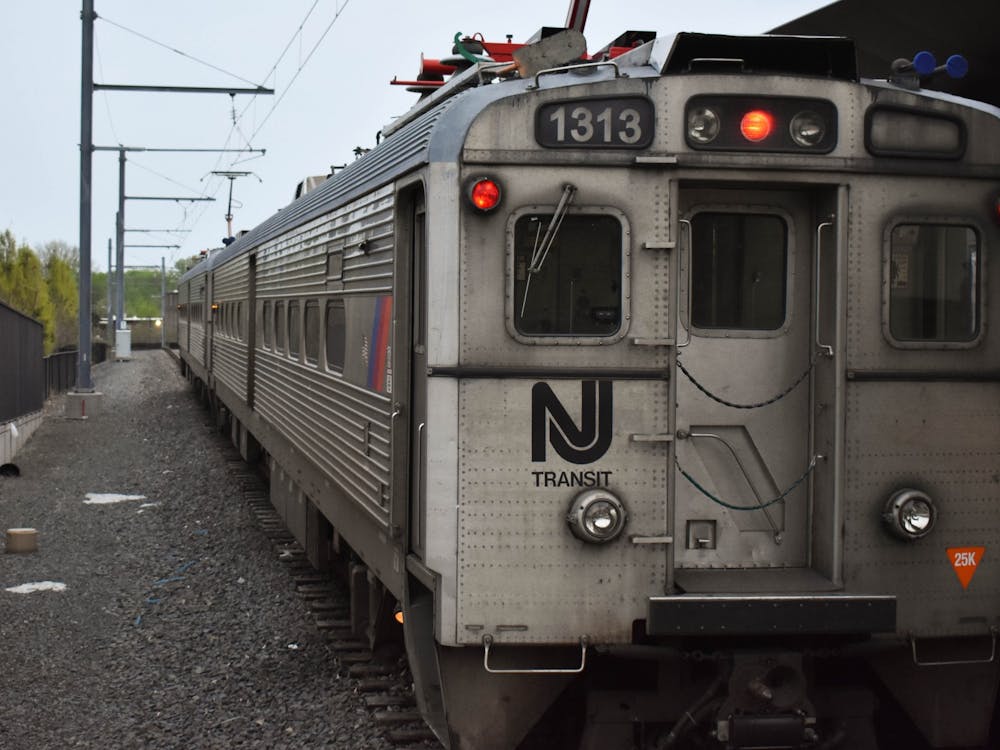In coming to Princeton, I thought that I had finally traded in the dull all-white, upper-class suburbs of my childhood for the far more exciting multicultural mix to be found on campus. Instead, the cafeteria looks a lot more like my two overstuffed laundry sacks —whites in one bag, colors in the other — than Wilcox's sloppy version of vegetable soup. I thought we all came here to break outside of our molds, not stay in them.
Perhaps one should pause and consider before once again leveling the charge of race against an already bruised Princeton legacy. The Admission Office deserves a great deal of credit for making the class of 2011 the most diverse ever. Just above 32 percent of the entering class is from a minority background and 11.2 percent are international students. With over half of this year's frosh receiving financial aid, no one can doubt that the relevant numbers exist.
But numbers are not everything; it's what happens on Prospect Avenue and in the dining halls that counts. Out on the Street the statistics are just that, numbers. Since race is obvious to the eye, it is easy to notice the way white students and black students rarely mix. Surely, if one could see income levels and ethnic background, the segregation would be equally noticeable.
There are certainly reasons for and upsides to such a social dynamic. It is only natural to be drawn to people of a similar background. Jewish students can flawlessly use their "Jewdar" to locate peers of the Hebrew persuasion and strike up a conversation. Other ethnic and racial groups are no different. It's just more comfortable to speak to people who appear, at least on the surface, to be like you. It's an easy way to make friends.
Therein lies the problem. The friendships that are formed in the first weeks of school through this instinctive social dance seem to cement as the weeks roll by. With work piling up, it becomes harder and harder to find the time for new relationships.
Lost in this process is the value of diversity and the broader world-view it engenders.
A student does not need to be racist to have misconceptions about other people. Students can subscribe to particular stereotypes not because they are prejudiced but because they've never met anyone who defies them. While surely many students do not hold such distorted views of reality, all of us are bound by the prisons of our own experience and need a certain amount of widening of our world view. There is no greater antidote to such prejudices, based in ignorance and not bad intentions, than the diversity represented on this campus.
Administrators and students must partner in an effort to rectify this situation. Any successful effort must start at the beginning — Freshman Week. Judging by the reaction of the audience, this year's diversity assembly was a flop. An assembly that merely seeks to inform students about the range of people represented on campus misses the point. The vast majority of students know that this is the case but act as if it is not.

Just as the administration will fund almost anything that moves, isn't inebriated and calls itself alcohol-free, so too should it set aside special funds for diversity gatherings. Such events might take the form of social, mixers or parties. At these events, students should be specifically encouraged to talk to their peers of different backgrounds.
From the student perspective, the model of Sustained Dialogue—in which students of diverse backgrounds gather to specifically discuss the uncomfortable issue of race and ethnicity — should be adopted on a much larger scale. RCAs should be trained to lead and moderate similar discussions within their zee groups. Interested sophomores and upperclassmen should be invited by the college master to join these meetings. These groups should meet on a monthly basis so as to foster trust and build bonds among students of different backgrounds.
While one can certainly dismiss my suggestions as too simplistic, the need to address this issue is urgent. Allowing a Princetonian to go forth into the world without having learned these lessons would be a disservice to the University and to themselves. We must move forward to ensure that our community is as socially diverse as the administration believes it to be. Adam Bradlow is a freshman from Potomac, Md. He can be reached at abradlow@princeton.edu.








